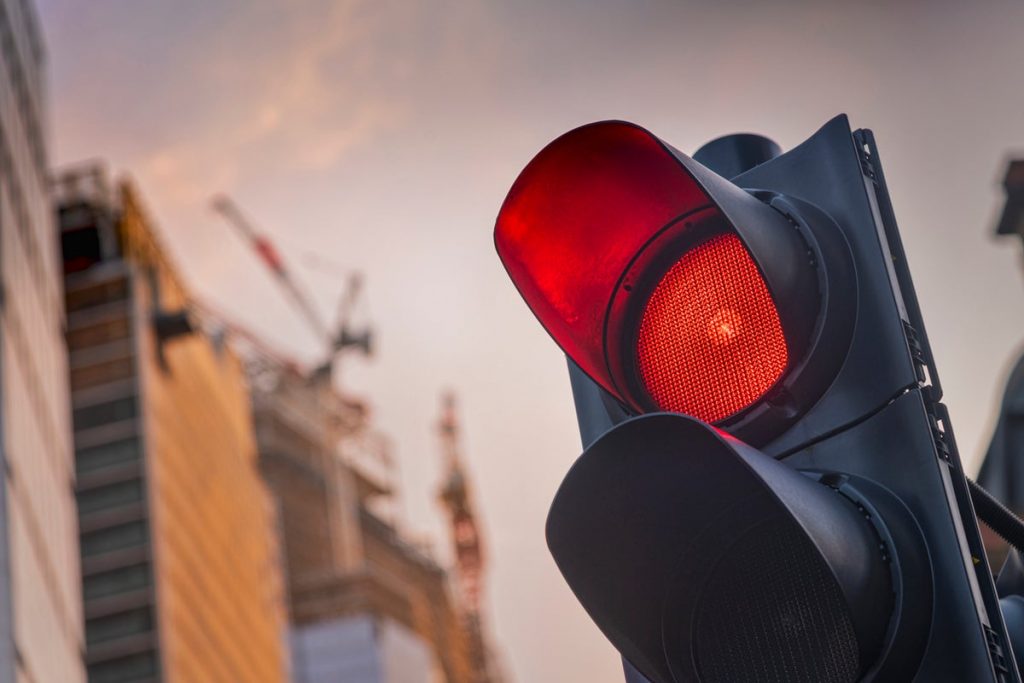Construction in most of New Zealand has been operating under the Orange setting of the Covid-19 protection framework – SiteSafe and CHASNZ have worked with the industry to develop protocols for operating under the Red setting

Site Entry
- Keep a record of who is on site, and when, every day as you may be required to track back for contact tracing.
- The business’s official government QR code for the NZ COVID Tracer App must be displayed at all site entrances.
- Limit visitors to site wherever possible.
- Introduce staggered start, finish and break times where possible to avoid extensive intermingling to reduce potential of exposure.
- Provide hygiene stations at entrances and require all workers and visitors to wash or sanitise their hands before entering and leaving the site.
- Delivery drivers should remain in their vehicles if the load will allow it and must wash or clean their hands before unloading goods and materials.
- Monitor site access points to enable physical distancing when entering site and interfacing with the public – you may need to change the number of access points, increase to reduce congestion or decrease to enable monitoring.
- Signage reminding workers of the COVID-19 protocols and hygiene practices will be posted at the site entrance and in common areas where appropriate.
Site Operations
- A COVID-19 Response plan must be available and accessible on site for managing a suspected or confirmed case of COVID-19 at work.
- Additional hygiene and sanitary measures are to be implemented on site to prevent the spread of COVID-19 e.g. hand washing stations, provision of additional hand sanitizer, provision of disinfectant wiping products.
- Greater focus on cleaning processes as per the cleaning guide in supporting resources.
- Clean shared vehicles before and after use.
- Increase ventilation in enclosed spaces.
- Keep team sizes as small as possible or create work ‘bubbles’ to minimise the operational impact of a positive COVID-19 case on your wider team.
- Work site is to be segregated into zones (or by other methods) as much as possible to keep different teams/trades physically separated at all times.
- Where possible, apply a one-way system in high-traffic areas, such as lifts, stairwells and scaffolds.
- Where practical, all office employees supporting a project work remotely.
- One member of the crew nominated to receive supplies etc. Keep the engagement with the other person as brief as possible and maintain a one metre physical distance.
- Ask for paperwork to be emailed rather than handed over as much as possible: If unavoidable, then either wear gloves when handling the item or wash hands before and after handling said items.
- All waste and disposable PPE must be removed from site and appropriately disposed of
Face coverings
- All workers interacting face-to-face with the public must wear a face covering while at work. Use risk assessment for determining the appropriate face covering.
- If you are entering a private home, you should also request the people in the home to wear a mask while you are there.
Site meetings and inductions
- Meetings are to be held through teleconferencing or videoconferencing where possible.
- For face-to-face indoor meetings, only absolutely necessary participants should attend and records kept.
- Rooms should be well ventilated/windows open.
- Hold meetings in open areas where possible.
- Keep teams or work ‘bubbles’ separated using physical distancing.
Vaccination
Where a risk assessment has been carried out and the site/activity does not require vaccination to be mandated,
additional controls for non-vaccinated sites should be implemented:
- Increased surveillance of symptoms
- Physical Distancing
- Maintain work bubbles
- Requirement of face covering on site
- Compulsory testing
- Evidence of having had a COVID-19 test administered and returned a negative test no more than 72 hours before entry to site







